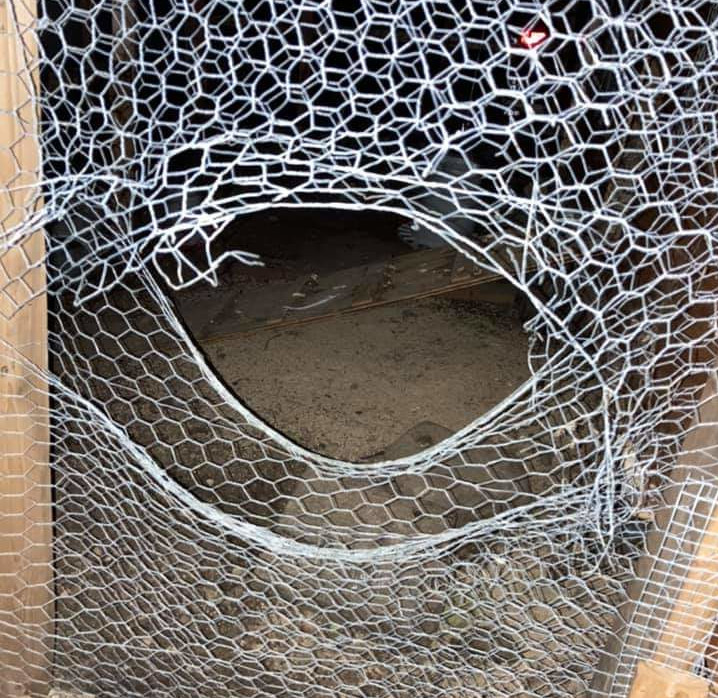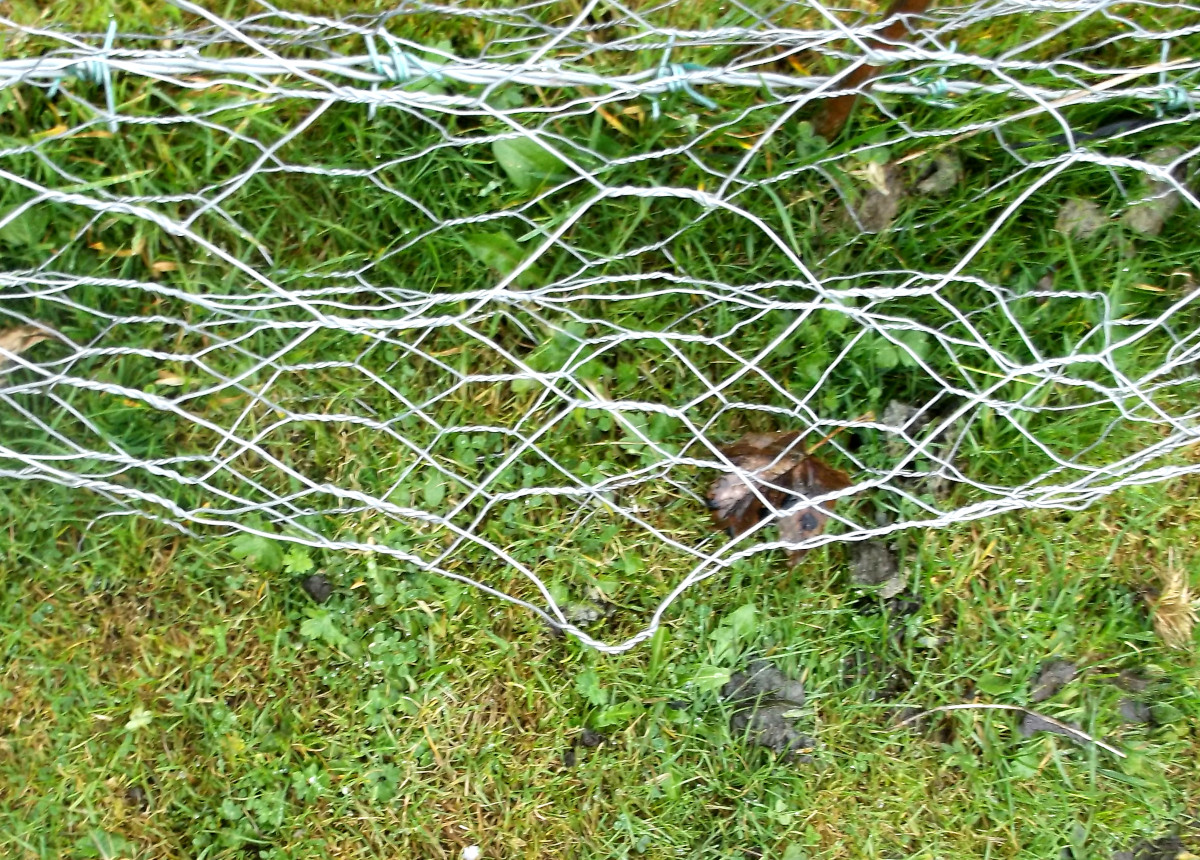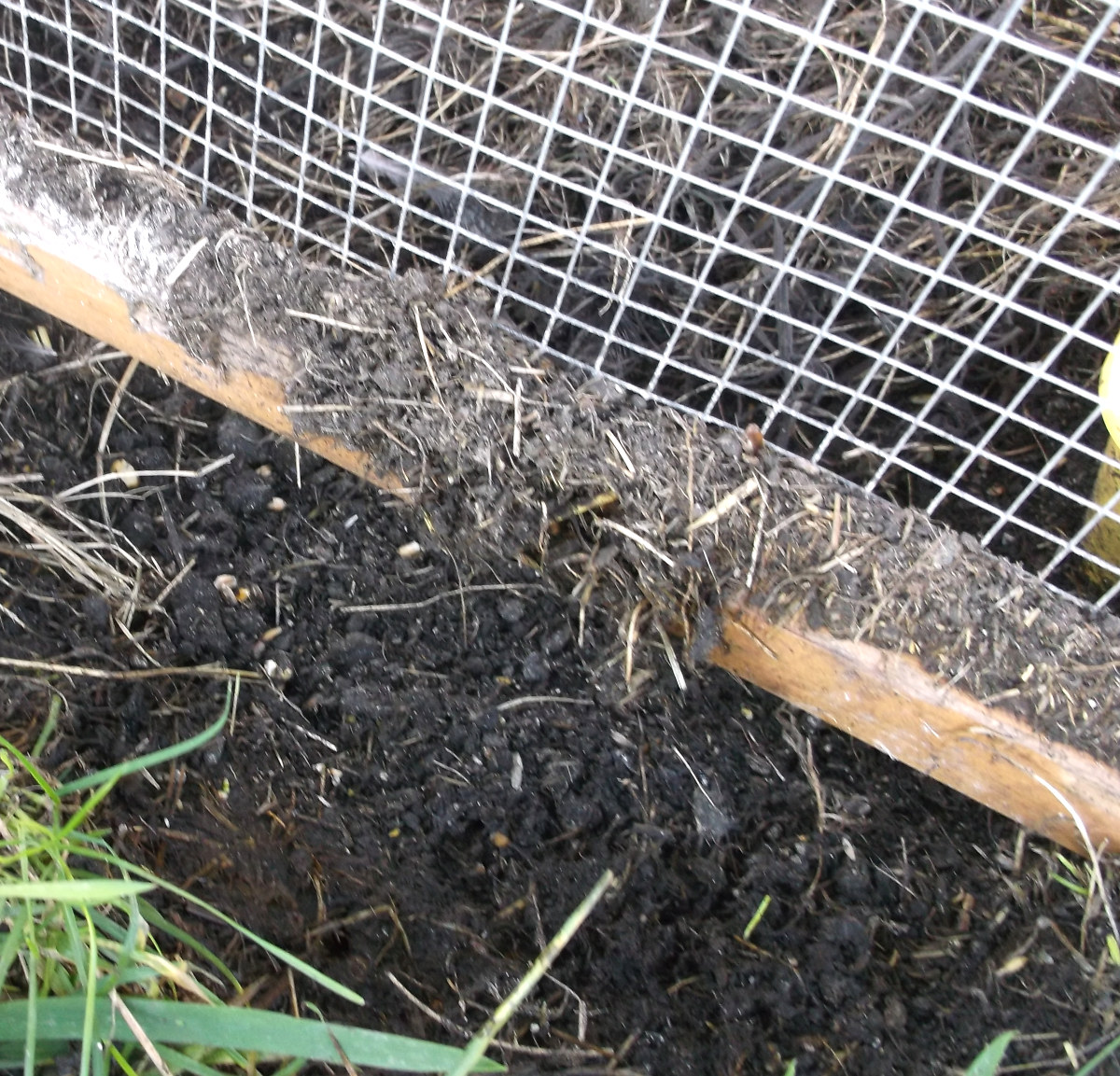How do you know if it is a fox killing your chickens?

Foxes are found on every continent except Antarctica and are opportunistic hunters that take poultry if they can.
Foxes are known for their cunning and intelligence, making them effective hunters of small prey, including chickens. These carnivores are found throughout the world and are known for their ability to adapt to a variety of environments.
Foxes are opportunistic feeders and will take advantage of any easy food source, including your chickens.
Below: The whole in a chicken fence made by a fox.

If you have had a fox attack you might be able to see red hairs in and around the hole in the wire.
To better understand fox behaviour, it is essential to know that foxes are most active at dawn and dusk, and they will typically hunt alone. Foxes are also known for their keen sense of smell and hearing, which makes them excellent hunters.
Additionally, foxes are capable of digging and jumping, which makes it possible for them to get into your chicken coop.
Below: Foxes tend to pull at chicken wire to find it's weaknesses.

While all members of the fox family are mostly nocturnal, meaning the hunt between dusk and dawn, Hungry foxes or those with young may hunt at any time and losing a single chicken during the day is a good indication you have a fox problem.
Below: Foxes will chew and pull at wood to try and get into a coop.

Foxes are quite small and when they get in it tends to be through small gaps. They are also good diggers and will get under the chicken run fence with ease.
Identify a fox on your land:
Fox features typically include a triangular face, pointed ears and a bushy tail.
This article is part of a 5 part series of guides on dealing with foxes:
- Outfoxing the fox, the complete guide to protecting your flock with all your questions answered.
- Can chicken runs be fox proof and how to achieve it.
- How do you know if it is a fox killing your chickens?
- Dealing with Foxes. What you need to know about catching, trapping and killing them.
- How to deter foxes and keep them away from poultry.
Tracks and footprints are a good way to know whether you predatory visitor is a fox. A fox footprint will be slightly oval in shape, be around 40 mm wide and 50 mm long and show 4 toe pads and 1 heel pad with claw marks visible.
Below: Fox footprints in the snow.

The prints will be a foot apart and in a straight line with one foot placed in front of the other. Foxes also have hairy feet and this sometimes shoes in the footprint.
Below: Foxes can leave claw marks when they climb.

How to tell if a fox killed your chickens:
If you suspect that a fox is taking your chickens, there are several signs you can look for to confirm your suspicion:
- Missing chickens: If you notice that chickens are missing from your flock, it could be a sign that a predator, such as a fox, is taking them.
- All the chickens are dead in the coop: An unfortunate hallmark of fox attacks at night is they kill every chicken in the coop and take what they can before they are disturbed.
- Signs of a struggle: If you notice a puff of feathers scattered around your coop, scratch marks on the ground, or signs of a struggle, it's likely that a fox has had a chicken.
- The time of day: Fox attacks are most common early in the morning or in the evening.
- Bite marks: If you find a dead chicken with bite marks on its neck, it's likely that a predator, such as a fox, was responsible for the attack. Foxes are known to bite the necks of their prey to kill them.
- Footprints: If you see footprints around your coop, take a closer look to see if they match the size and shape of a fox's footprint. Foxes have four toes on their feet, with the front foot being slightly smaller than the hind foot.
- Nighttime activity: Foxes are predominantly nocturnal animals, so if you hear activity around your coop at night, it could be a sign that a fox is trying to get to your chickens.
- Missing heads with little or no blood: Finding a lot of dead chickens without their heads is an indication of a fox feeding.
- Stressed chickens or a drop in egg numbers: Chickens that are being disturbed at night will be stressed and may stop laying.
If you suspect that a fox is taking your chickens, it's important to take steps to secure your coop and protect your flock.
Below: A hole dug underneath the wire by a fox.

Use the tips mentioned earlier to prevent further attacks and consider consulting with a wildlife professional if the problem persists.
